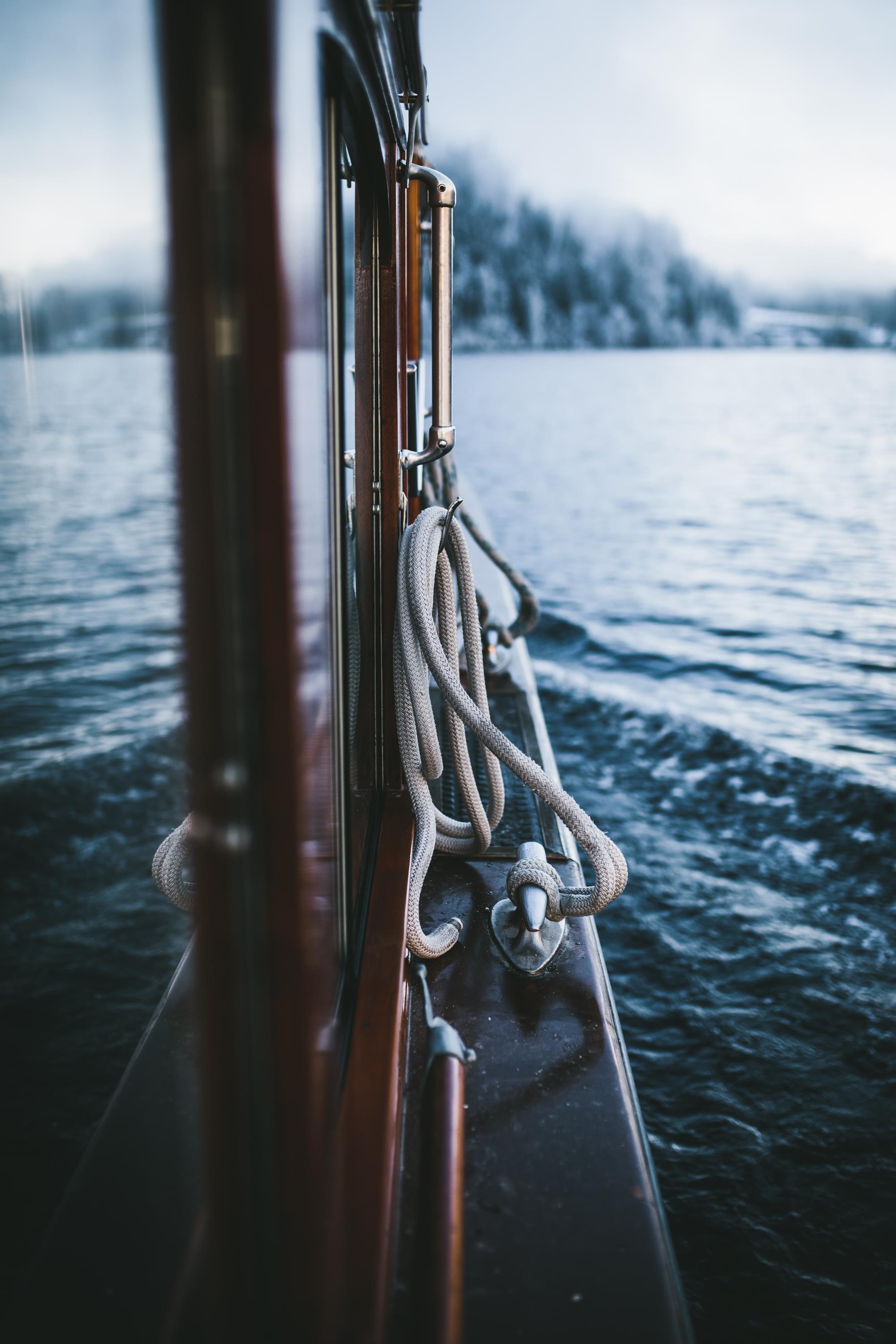
PART II
Here are some more of the common causes for boat sinking.
Dock Damage Is All To Common
When the wind starts to blow if your vessel is not properly secured, the boat will pound against the dock again and again until a hole appears.
Make sure you tie up on the downwind side of the dock so the wind holds you away from the structure. Fenders would also help. Use the round-ball type when up against a flat surface such as a seawall. Use fender boards, a heavy board suspended between two fenders, when you're against pilings.
Freshwater Flooding
If a fitting fails in the freshwater system, thinking a tap has been opened, your pump senses a reduction in hose pressure and turns on the supply water. This is real bad news if you're hooked up to dockside water, which will keep pumping into the bilge.
Never leave the boat without shutting off the water at the dock. Better yet, disconnect the hose from your boat.
Generator Cooling Intake
If the hose cracked, water flooded, and your boat sank. I hope you're picking up a pattern here about hoses.
Use series 135 heavy-duty water hose-no exceptions. It resists chafe, is reinforced to prevent collapsing, and has a working pressure of up to 200 psi. Quick tip: Rub a damp cloth along the hose. If there are black marks on the rag, the hose is deteriorating.
Head Intake
An unprotected head-intake hose running through the engine room bulkhead chafed, then failed.
Do your hoses make as few bends and turns as possible? They should be secured tightly and padded where appropriate.
Head Intake Again
If the water-fill hose connecting the outside of the hull to the head fails, The head, being below the waterline, will fill and so will your boat.
Besides maintaining the hoses and clamps, make sure you have easy access to the inlet's seacock. Make it a point that when you leave the boat, you shut all the seacocks. Then, if a hose fails, it's no big deal.
Head Discharge
The one-way joker valve on the head's discharge got something in it. You were smart enough to run the discharge hose above the waterline to keep water out but not smart enough to remember how a siphon works.
To prevent a reverse flow, when you run any hose above the waterline, remember to install a vented loop fitting at the top of the loop. This lets air in to prevent a siphon. Use fittings that let you disassemble the valve each season to make sure it's clear and working.
Check-Valve Backflow
Since the through-hull is mounted so low to the waterline, a clever mechanic put a one-way check valve on your bilge pump's exhaust hose to keep the sea out. But what happens if it fails. Check valves are proven to be unreliable and can get stuck open. Route the pump's exhaust hose as high as possible to a through-hull near the rubrail. If it must go to a low outlet, run the hose up inside the boat as high as possible, install an anti-siphon valve at the top of the loop, and run it to a seacock that you can close.
Ice in Sea Strainer
What Happened: When it was time to winterize, you put antifreeze everywhere except in the strainer at the raw-water intake. Then you left the boat with the seacocks open. The water in the strainer froze, expanded, and cracked the strainer. Water can come in and the boat will go down.
Make sure you close the seacock and open the strainer's drain plug to empty it of water. Then fill the hose and strainer with anti-freeze, because you never get all the water out and it's better to be safe than sorry.
Corrosion
Over the years, the dissimilar metals below the waterline have been eating each other-giving them an internal structure that's similar to Swiss cheese. Eventually, a slight nudge caused one to fail.
I prefer that stainless steel or bronze be used below the waterline. But no matter what, all metals must be protected. If your bronze seacock is turning pink, it's falling apart. All underwater fittings should be bonded to each other with a number 10-gauge green wire, and sacrificial zincs should be used. Check annually.
Speedometer Plug
Good move pulling the Pitot tube for a cleaning. D’ont forgot to re-plug the hole.
Even with a plug, you can get a leak. Rubber O-rings can deform or come loose from their tracks. Put some grease on the rings to ensure long life and a good seal.
Hose Slips Off Seacock Nipple
After a day of wave bashing, the shakes and vibrations worked a hose off an open seacock.
If there's room to put two hose clamps on each fitting, do it. Have the excess ring material exit in a different direction on each.
Rubrails
Be aware that from the many bangs against pilings, the screws, bolts, rivets, or adhesive that holds the rubrail in place has come loose. Plow into too many head seas or sit through a rainstorm and water will get below.
At the end of each season, walk around the boat blasting the hull-to-deck joint with a hose. Have someone inside to watch for leaks.
Muffler Rot
Water can sit in a low point and rot the muffler. Waves at the dock can come in the transom exhaust ports and go directly into the boat.
Feel under the mufflers or risers for moisture. They will ooze dampness months before giving way.